With the war effort in 1942, suddenly many more factories were running around the clock to fulfill their defense contracts. This article from the July 4, 1942, issue of the Post looks at the toll the night shift took on workers.
Forty percent of our defense workers are night owls. The average night-shifter’s job is hard on him physically and sandpaper to his nerves. He takes the bodily punishment of a six-day bicycle rider or a bare-knuckle pug.
The night-shift worker is obsessed with the notion that he is growing weaker. He watches his mirror for signs of pallor and anxiously patronizes penny scales. While most of us are trying to reduce, he is trying to gain. His weight loss averages between eight and ten pounds per man.
One-fourth of them have trouble with their vision. One-fifth of them, formerly free from headaches, now have them, and their throbbing temples help frazzle their already ragged domestic felicity. One night worker complains that he never knows, when he goes home in the morning, whether his wife will be waiting for him or whether she will have decided she just can’t take it another minute.
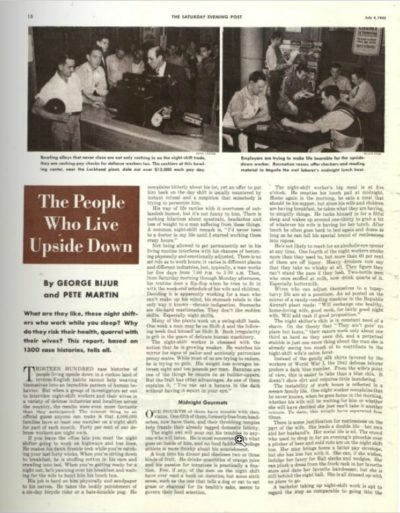
This article is featured in the July/August 2017 issue of The Saturday Evening Post. Subscribe to the magazine for more art, inspiring stories, fiction, humor, and features from our archives.
Become a Saturday Evening Post member and enjoy unlimited access. Subscribe now
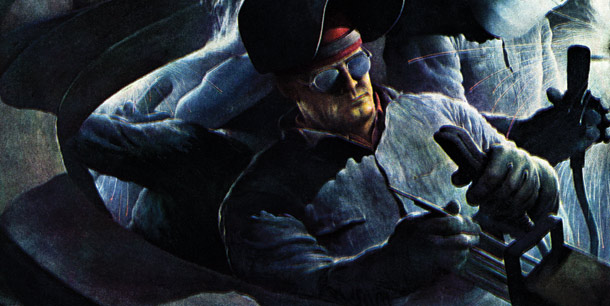
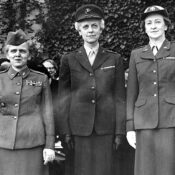
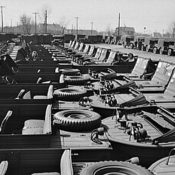
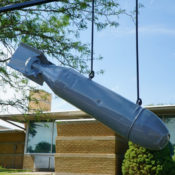
Comments
This feature from 1942 pulls no punches in illustrating the harmful toll living upside down took on these workers physically, mentally, psychologically, and how the toxicity of it ruined their marriages and lives at home.
It’s another dark side of World War II I was not aware of, and all the more reason we must continue to appreciate their sacrifices for this country. Hopefully the very long war we’re still engaged in now will end sooner than later, and the President won’t be getting us into another one.
The article also shows how technology speeded things up during the war, and how the 24/7 world we live in now has roots going back at least 75 years.